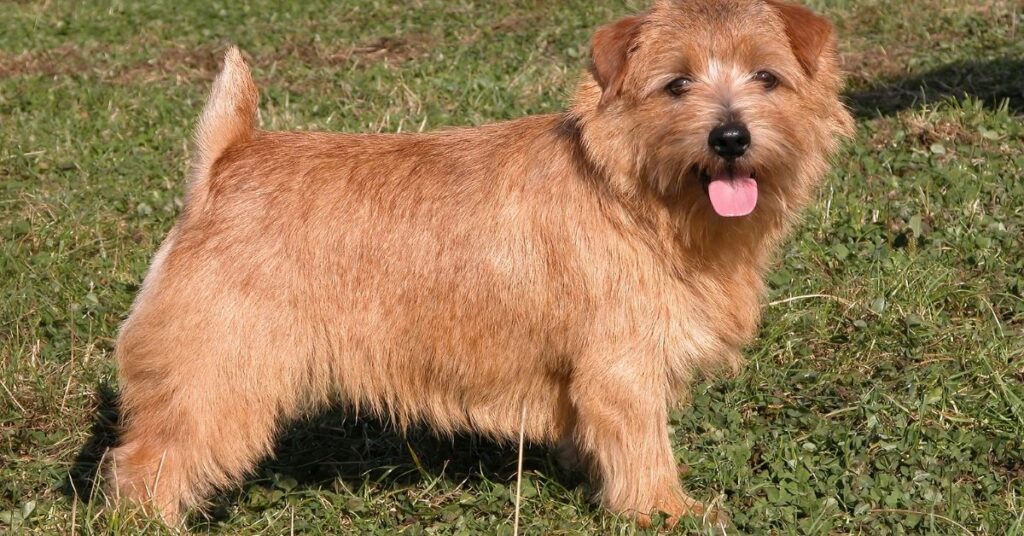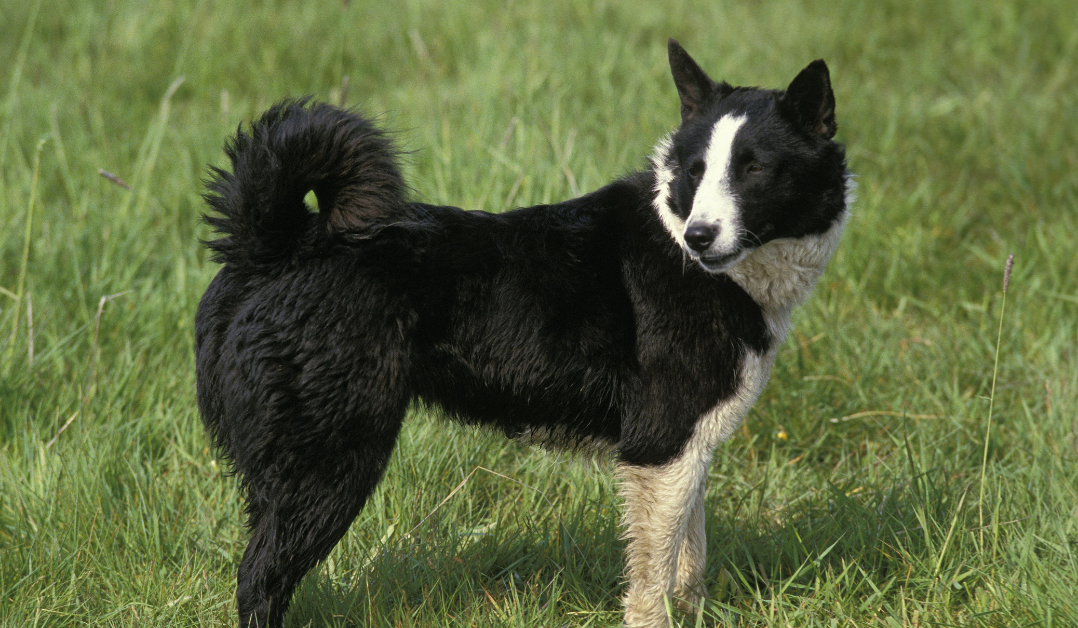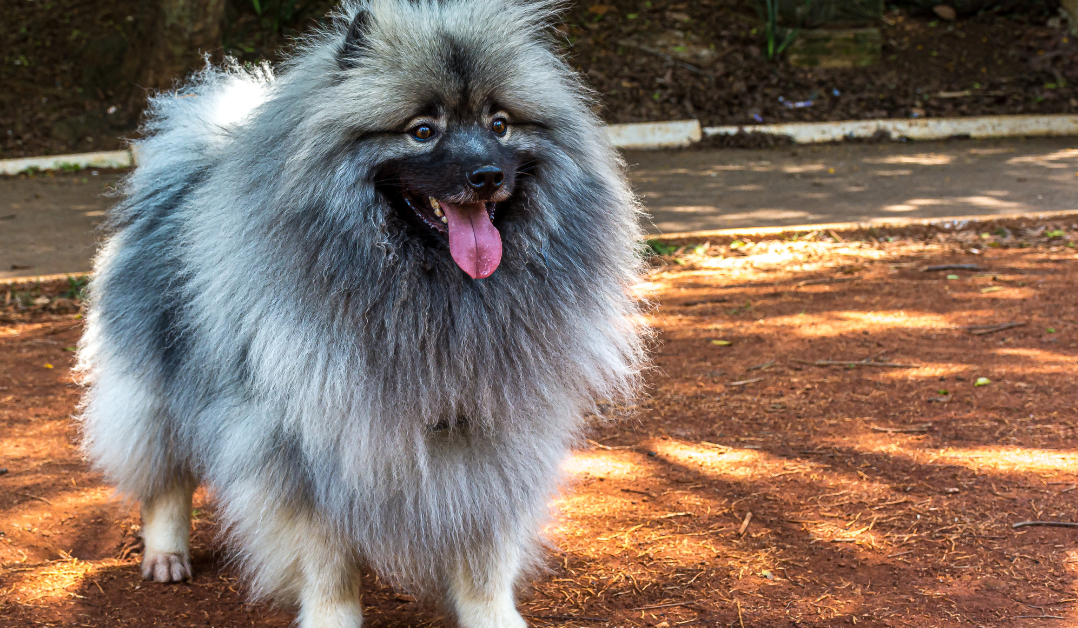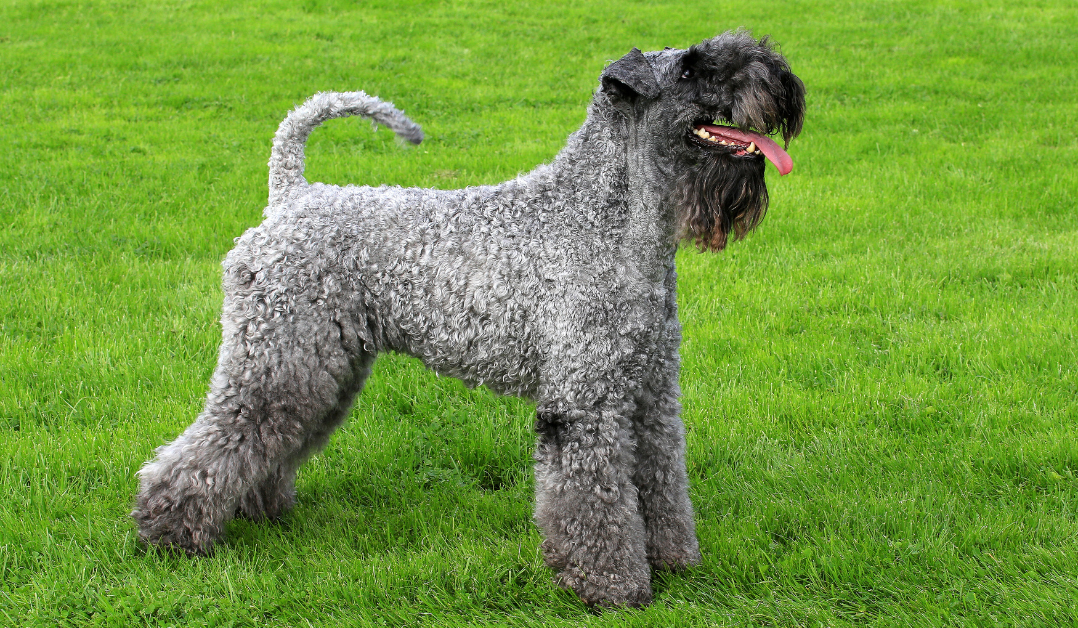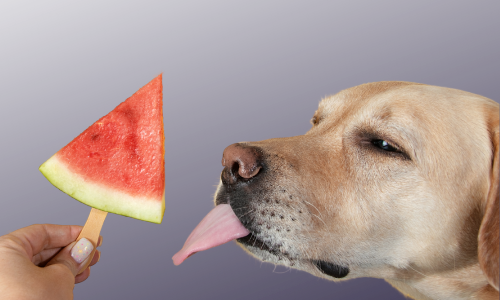The Schipperke is a small and energetic breed known for its curious nature, fox-like appearance, and strong protective instincts. Originating from Belgium, this breed is valued for its agility, intelligence, and loyal temperament.
*Disclaimer: This Post May Contain Affiliate Links. This Means That I Receive A Small Commission At No Extra Cost To You Should You Click Through And Make A Purchase. Learn More On My Policy Page
Breed Characteristics
- Breed Category: Non-Sporting Group
- Size: Small
- Coat Length: Short
- Shedding: Moderate
- Hypoallergenic: No
- Grooming Requirements: Low to moderate; regular brushing needed
- Life Span: 12-15 years
- Activity Level: High
- Temperament/Personality: Energetic, curious, protective
- Intelligence: High
- Trainability: Moderate; requires consistent training
- Space Requirement: Small to medium; suitable for apartment living
- Compatibility with Children & Other Pets: Generally good, with proper socialization
- Health Issues: Prone to certain genetic conditions, such as hip dysplasia and Legg-Calvé-Perthes disease
- Nutrition Needs: High-quality diet with balanced nutrients
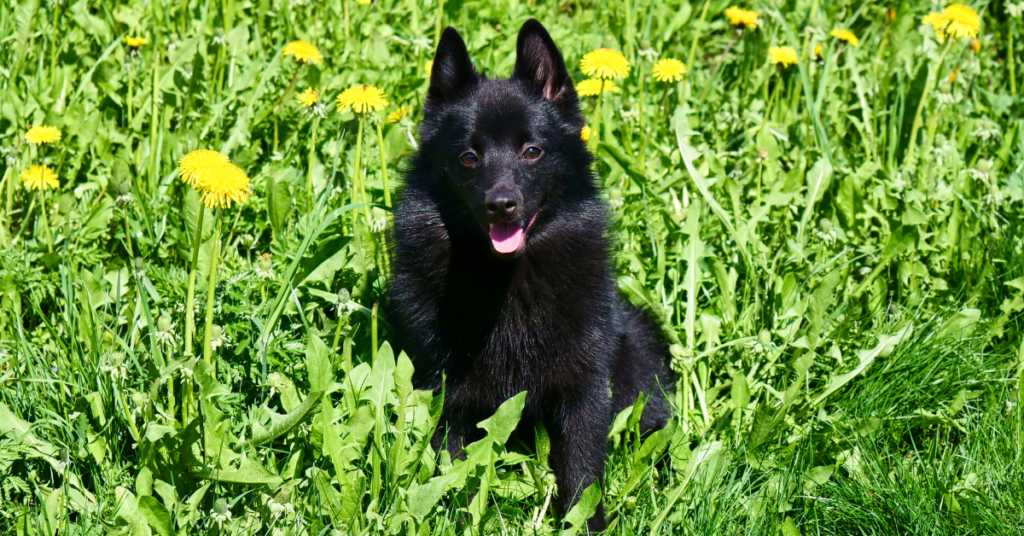
Origin and History
The Schipperke originated in Belgium, where it was developed as a small working dog used for herding, guarding, and hunting vermin. The breed’s name is derived from the Flemish word “schip,” meaning boat, as Schipperkes were often used as watchdogs on canal boats. The breed was prized for its agility, intelligence, and protective instincts. Today, the Schipperke is still appreciated for its working abilities but is also popular as a loyal and energetic family companion.
Appearance and Physical Characteristics
Schipperkes are small dogs, standing between 10 to 13 inches tall and weighing between 10 to 16 pounds. They are best known for their fox-like appearance, with a distinctive black coat, pointed ears, and a bushy tail. The breed has a compact, sturdy build and an alert, curious expression. Schipperkes are known for their agility and speed, as well as their strong protective instincts.
Temperament and Personality
Schipperkes are known for their energetic and curious nature. They are highly protective of their families and make excellent watchdogs. The breed is also known for its strong loyalty and affectionate nature. Schipperkes are generally good with children and other pets, making them excellent family dogs. Their energetic and playful nature means they require regular interaction and mental stimulation to stay happy.

Intelligence and Trainability
The Schipperke is a highly intelligent breed that responds well to consistent, positive reinforcement training. They are quick learners but may have a somewhat independent streak. Early training and socialization are important to ensure they develop good behavior and obedience. The breed’s intelligence and energetic nature make them well-suited for various activities, including obedience and agility.
Compatibility with Children and Other Pets
Schipperkes are generally good with children and other pets, especially when properly socialized from a young age. Their protective and loyal nature makes them great companions for families. The breed’s energetic and curious nature means they enjoy interacting with other dogs and pets. Schipperkes can coexist peacefully with other animals, but supervision is recommended, especially in homes with smaller pets.
Health and Nutrition
Schipperkes are generally a healthy breed but can be prone to certain health issues, such as hip dysplasia and Legg-Calvé-Perthes disease. Regular veterinary check-ups, a balanced diet, and proper exercise are essential for maintaining their health. A high-quality diet that supports their active lifestyle is recommended. Owners should be mindful of portion sizes and feeding schedules to prevent obesity and associated health issues.
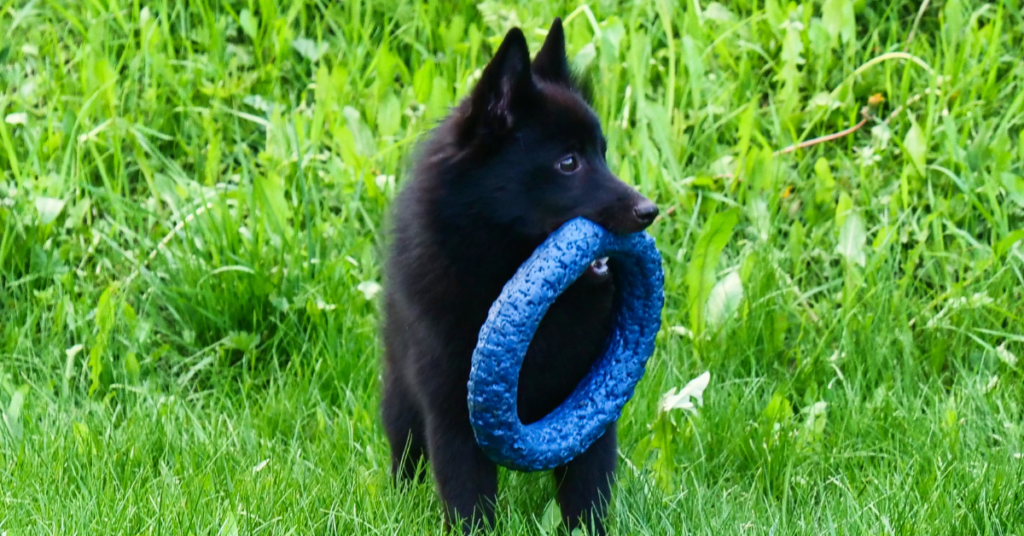
Exercise and Activity Level
Schipperkes have high energy levels and require regular exercise to stay healthy and happy. They enjoy activities such as running, hiking, and playing in the yard. The breed thrives in homes with ample space for physical activities and enjoys being outdoors. Schipperkes benefit from daily walks and opportunities to engage in mentally stimulating activities. Without adequate exercise, they may become bored and develop behavioral issues.
Grooming Needs
The grooming needs of Schipperkes are relatively low due to their short coat. Regular brushing is necessary to maintain the coat’s texture and remove loose hair. Bathing should be done as needed, and routine grooming tasks such as dental care, ear cleaning, and nail trimming are important to prevent common health issues. The breed’s coat requires minimal maintenance compared to some other breeds, making it suitable for owners who prefer a low-maintenance grooming routine.
Training and Socialization
Early training and socialization are crucial for Schipperkes. Positive reinforcement techniques work best, as they are sensitive to harsh training methods. Socializing them with various people, environments, and other animals helps them develop into well-rounded and confident adults. The breed’s energetic and curious nature means that consistent and patient training is necessary.
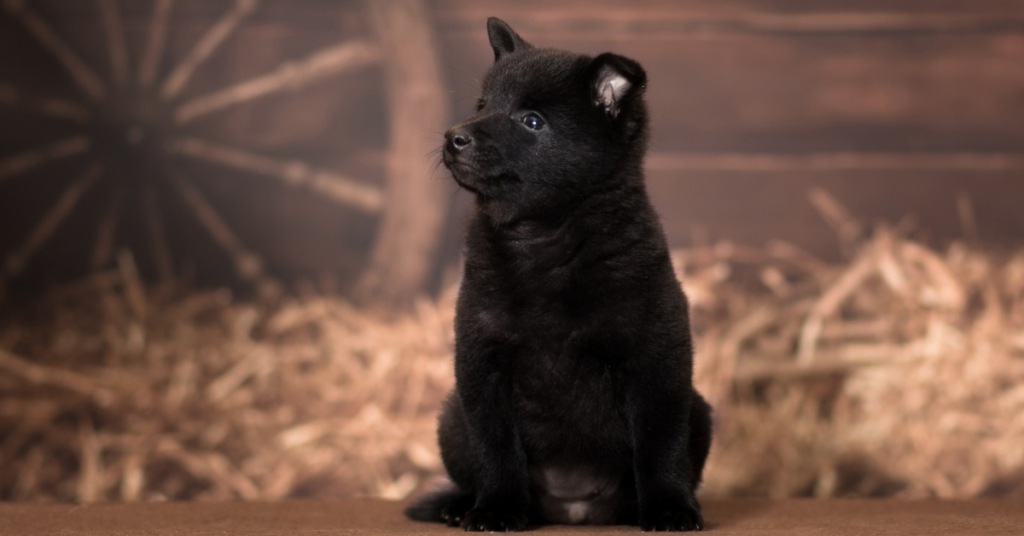
Famous Schipperkes
The Schipperke has gained recognition in various cultural contexts, including appearances in literature and historical records. The breed’s distinctive appearance and lively personality have earned it a reputation as a unique and energetic companion.
Conclusion
The Schipperke is a small, energetic, and loyal breed that makes an excellent companion for active households. With proper training, socialization, and care, a Schipperke can be a devoted and lively member of the family.



